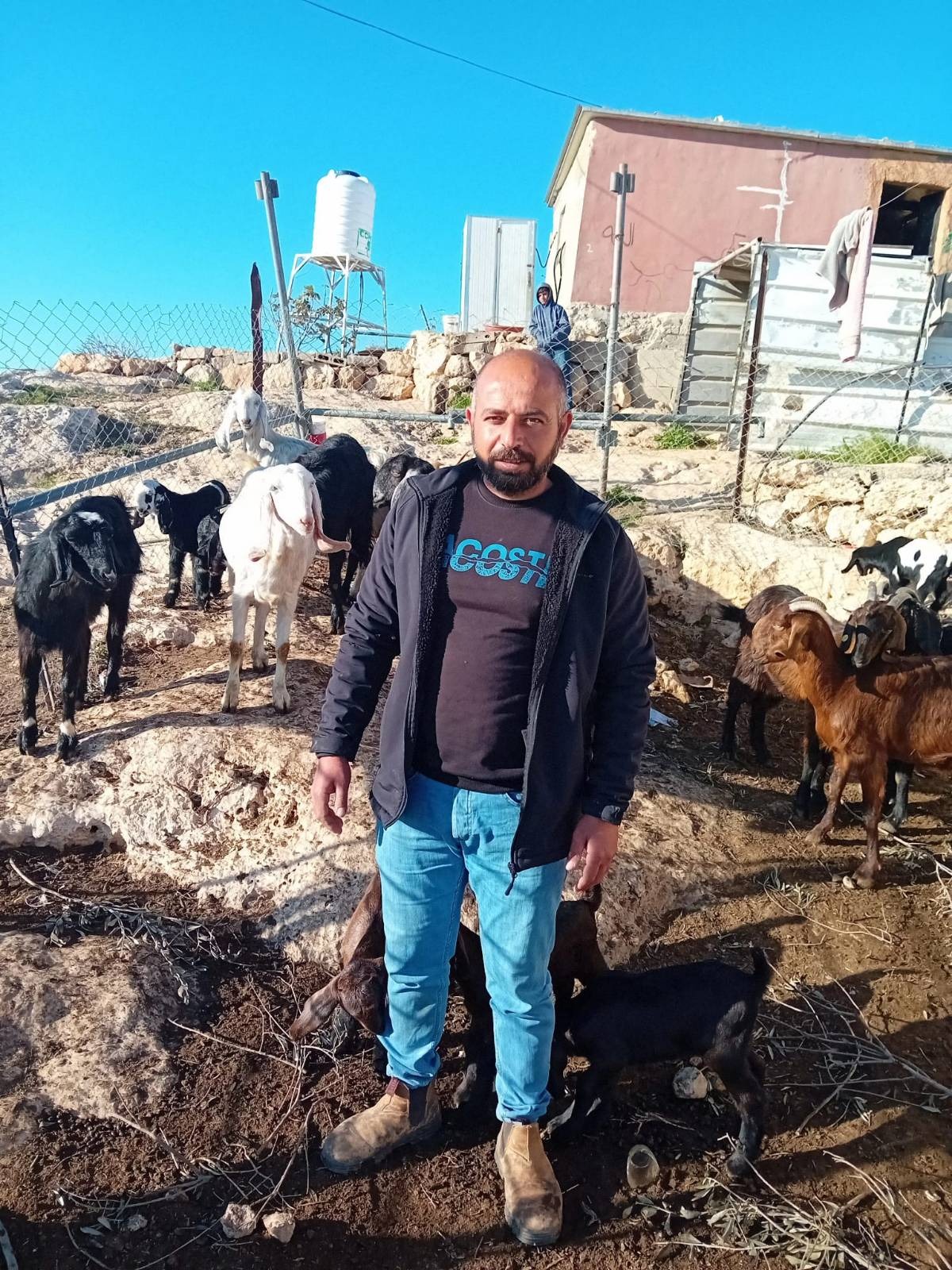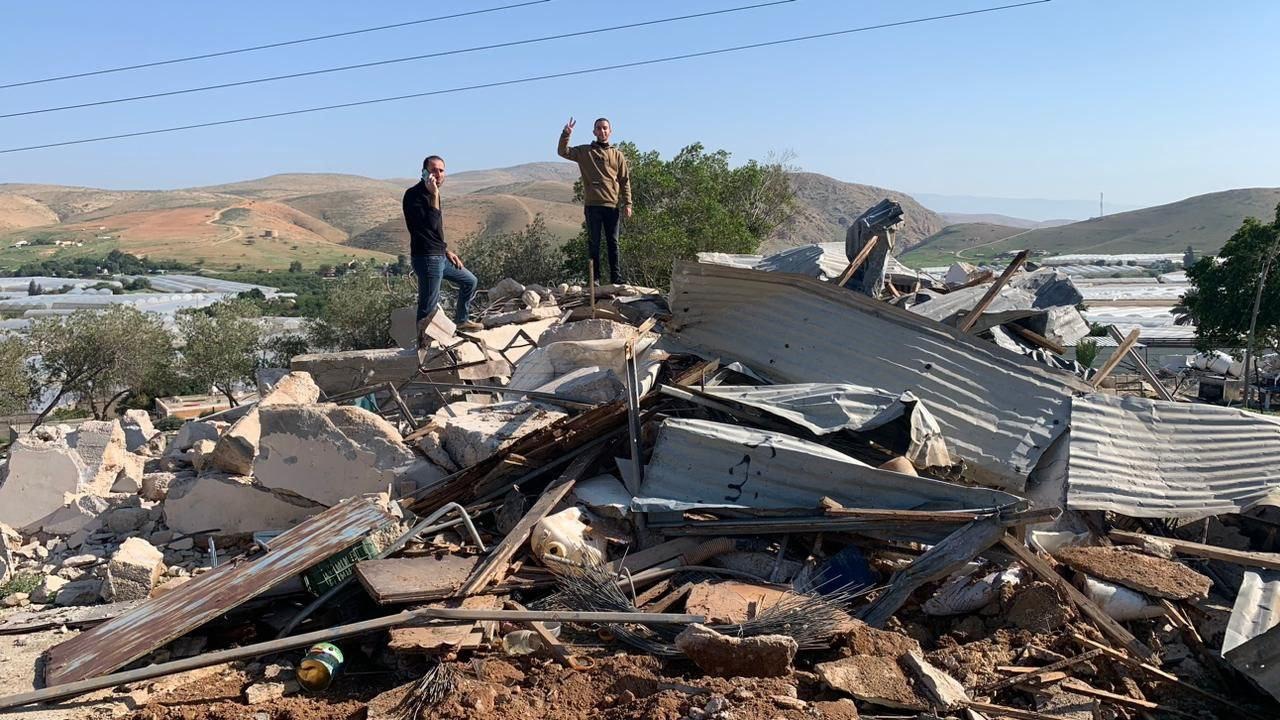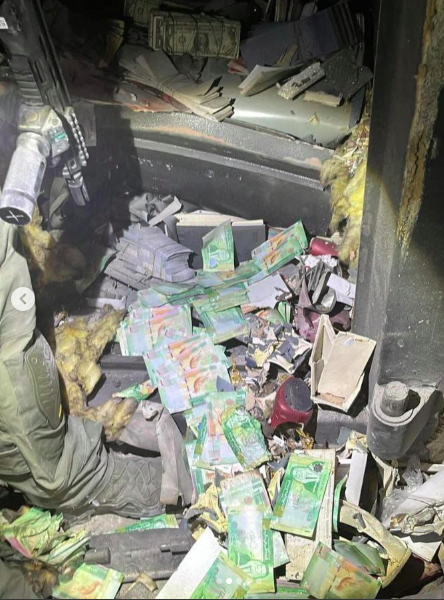Tag: iof
-
When Shepherding Your Flock Becomes a Crime
16 January 2024 | International Solidarity Movement | Masafer Yatta Muhammed being led away by IOF soldiers. Credit: ISM. For the villagers of Khallet Al Dabaa, in Masafer Yatta, shepherding is a traditional way of life. One which they have followed on their traditional lands in the West Bank’s South Hebron Hills since Ottoman…
-
Human rights abuses in the Jordan Valley
29 December 2023 | International Solidarity Movement | Jordan Valley The following article is a snapshot of how life is under occupation and brutal settler colonialism for the Palestinian communities in the Jordan Valley. These incidents are just some that took place on one day (Friday 29th December). Israeli Occupation Force (IOF) soldiers, along with…
-
Unprecedented Coordinated IOF Attacks in West Bank
Early this morning, between 1:00 am and 6:00 am, Israeli Occupation Forces invaded several cities across the West Bank. Of the 11 Palestinian governorates in the West Bank, 7 were invaded in a coordinated attack. Clashes were documented in Jenin, Hebron, Qalqilya, and Ramallah, with reports of invasions in Tulkarem, Nablus, and Jericho. Invasion forces…



